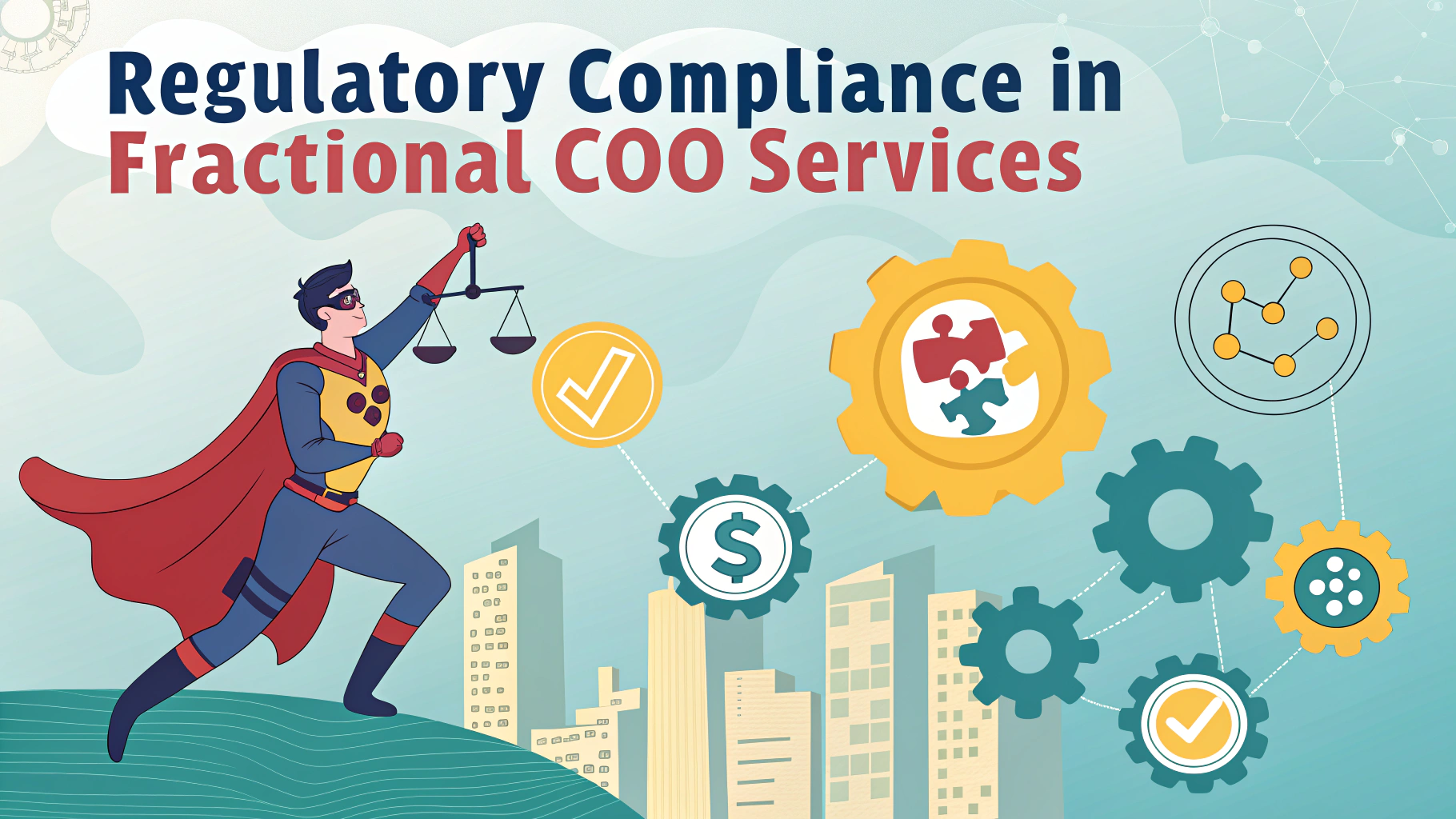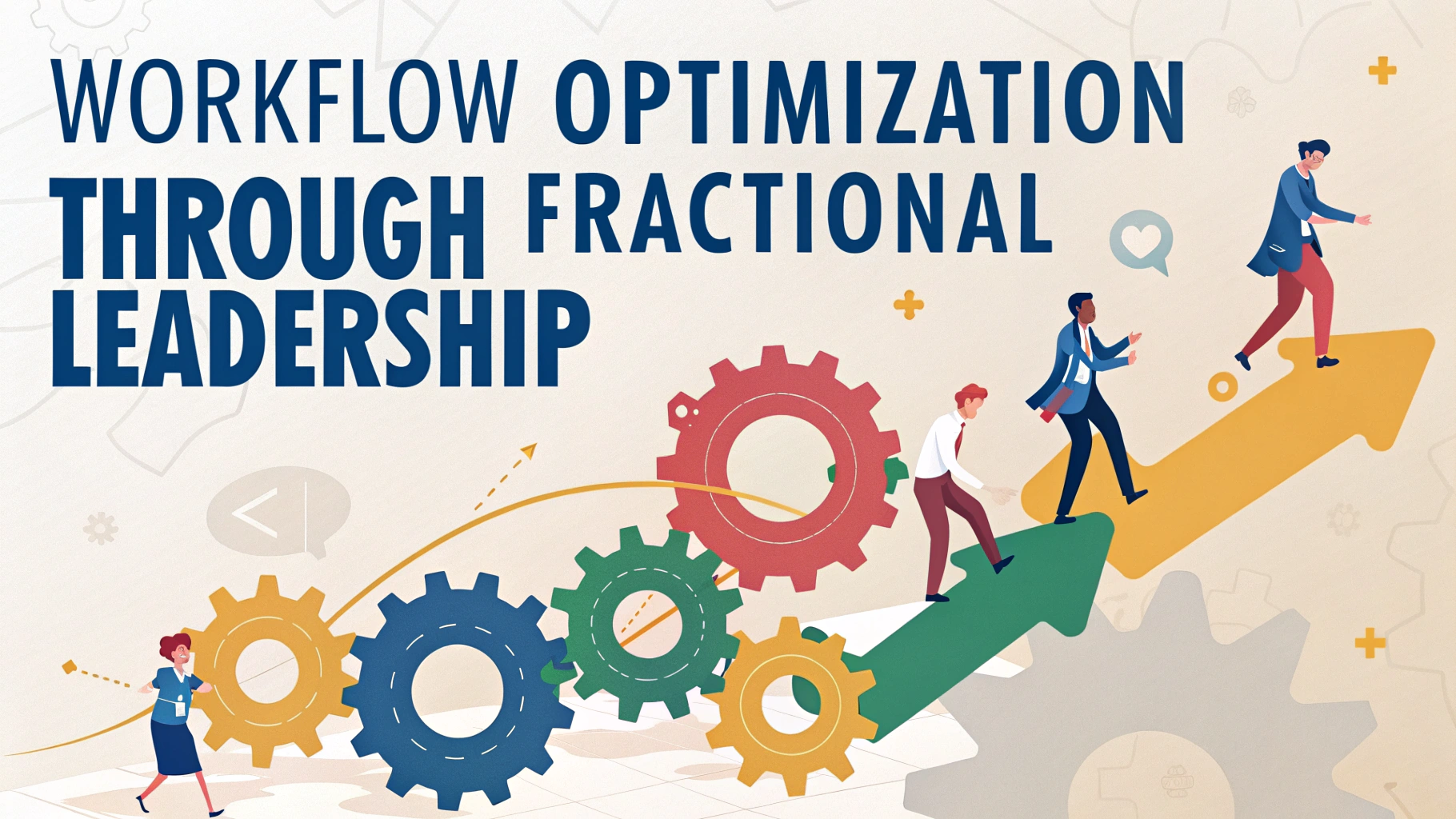The General Manager (GM) role typically sits directly below the Chief Operating Officer (COO) in most organizational structures.
General Managers oversee specific business units, regions, or product lines while reporting to the COO who maintains a broader, company-wide focus.
The position requires strong operational expertise combined with strategic planning abilities to execute the COO’s vision at a divisional level.
Key Responsibilities of a General Manager
- Managing daily operations of their assigned business unit
- Implementing strategies developed by C-suite executives
- Setting and tracking departmental goals and KPIs
- Overseeing budgets and resource allocation
- Leading and developing teams within their division
Skills Required for GM Success
- Leadership: Ability to guide teams and inspire performance
- Financial Acumen: Understanding of P&L management
- Strategic Thinking: Capacity to execute high-level plans
- Communication: Strong liaison skills between COO and staff
- Problem-solving: Quick decision-making abilities
Career Path to General Manager
The journey typically starts with department management roles before advancing to GM position.
| Experience Level | Typical Role |
|---|---|
| Entry Level | Department Supervisor |
| Mid-Level | Department Manager |
| Senior Level | General Manager |
| Executive Level | COO |
Differences Between GM and COO Roles
- Scope: GM focuses on specific units while COO oversees entire operations
- Authority: GM implements strategy while COO creates it
- Reporting: GM reports to COO; COO reports to CEO
- Budget Control: GM manages unit budgets; COO controls company-wide operations budget
Steps to Advance from GM to COO
- Gain multi-unit management experience
- Develop company-wide strategic thinking skills
- Build strong financial management capabilities
- Establish cross-functional relationships
- Pursue advanced education (MBA often preferred)
Moving Up the Leadership Ladder
Success as a General Manager often leads to COO opportunities, particularly when combined with proven leadership abilities and strategic vision.
Professional certifications like PMP (Project Management Professional) or advanced degrees can accelerate career progression.
Networking with industry leaders and joining professional organizations such as the American Management Association can provide valuable connections for advancement.
Performance Metrics for General Managers
- Financial Performance: Revenue growth and profit margins
- Operational Efficiency: Process improvements and cost reduction
- Team Development: Employee retention and satisfaction rates
- Customer Satisfaction: Service quality and feedback scores
- Project Completion: Timeline and budget adherence
Industry-Specific GM Requirements
Retail
- Sales performance optimization
- Inventory management expertise
- Customer service excellence
Manufacturing
- Production efficiency
- Quality control standards
- Supply chain management
Technology
- Product development oversight
- Innovation management
- Technical expertise
Emerging Trends in General Management
- Digital Transformation: Implementation of new technologies
- Remote Leadership: Managing distributed teams
- Sustainability: Environmental and social governance
- Agile Management: Adaptive business practices
Maximizing Leadership Impact
Successful General Managers blend operational excellence with strategic vision to drive organizational success. They serve as crucial links between executive leadership and operational teams, translating corporate strategy into actionable results. Continuous learning, adaptability, and strong relationship-building skills remain essential for those aiming to advance in their management careers.
As organizations evolve, the GM role continues to grow in importance, requiring leaders who can navigate complex business environments while delivering consistent results. The path from GM to COO represents a natural progression for those demonstrating exceptional leadership capabilities and strategic acumen.
FAQs
- What position typically reports directly under a COO?
A Vice President (VP) of Operations typically reports directly to the Chief Operating Officer. This position helps oversee daily operations and implements the COO’s strategic initiatives. - Can there be multiple positions reporting to a COO?
Yes, several positions can report to a COO including VP of Operations, Director of Operations, General Managers, and Division Heads, depending on the company’s structure. - What is the typical career progression to become a COO?
The common path is from Operations Manager to Director of Operations to VP of Operations, and then to COO. Each step requires increasing responsibility and strategic oversight. - Is the VP of Operations always next in line to become COO?
Not necessarily. While the VP of Operations is often considered for COO, companies may also consider other executives like VP of Supply Chain or VP of Business Development. - What are the main differences between a COO and VP of Operations roles?
A COO focuses on company-wide strategy and executive decisions, while a VP of Operations concentrates on implementing these strategies and managing daily operations. - What qualifications are needed for positions under a COO?
Typically, a bachelor’s degree in business or related field, 10+ years of operational experience, and proven leadership abilities are required. An MBA is often preferred. - How do regional directors fit into the hierarchy below a COO?
Regional Directors usually report to the VP of Operations or directly to the COO, depending on the company’s size and geographical spread. - What is the salary range for positions directly under a COO?
VP of Operations typically earn between $150,000 to $250,000 base salary, while Directors of Operations usually range from $120,000 to $180,000, varying by company size and location. - Does the position under COO vary by industry?
Yes, while VP of Operations is common across industries, manufacturing might have a VP of Manufacturing, while tech companies might have a VP of Technical Operations. - What responsibilities do positions under COO typically handle?
These positions usually manage departmental budgets, oversee operational teams, implement strategic initiatives, optimize processes, and report performance metrics to the COO.








